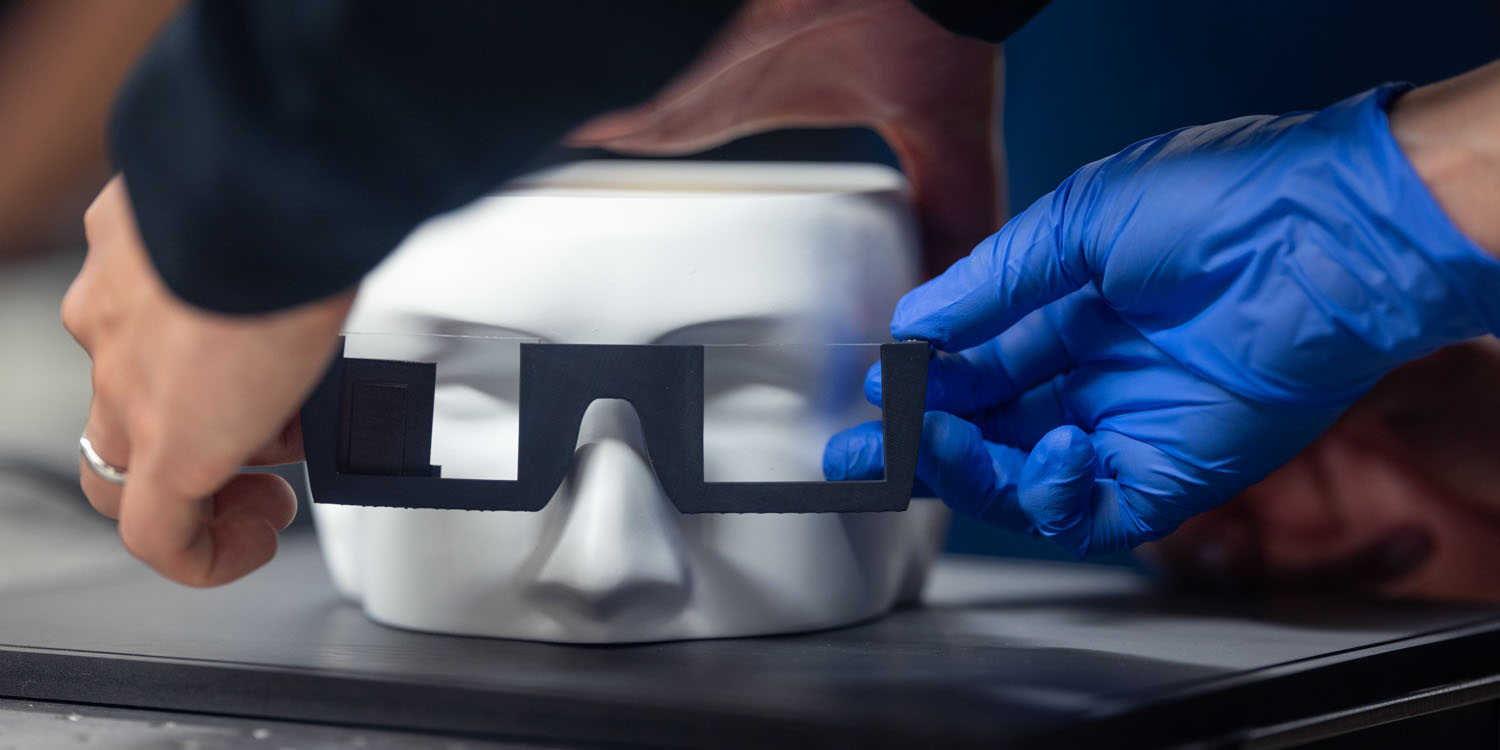Stanford tech may help the transition from Vision Pro to Apple Glasses<div class="feat-image">

</div><p>While an expensive, bulky <a href="
https://9to5mac.com/guides/vision-pro/" target="_blank" rel="noreferrer noopener">Vision Pro[/url] headset undoubtedly has its place for some, Apple’s longer-term goal is believed to be a product dubbed <a href="
https://9to5mac.com/guides/apple-glasses/" target="_blank" rel="noreferrer noopener">Apple Glasses[/url]: bringing <a href="
https://9to5mac.com/guides/augmented-reality/" target="_blank" rel="noreferrer noopener">AR[/url] capabilities into something with a similar form-factor and weight to conventional eyeglasses or sunglasses.</p>
<p>Squeezing that much tech into a much smaller device is, of course, a huge challenge – but researchers at Stanford’s Computational Imaging Lab may have come up with at least part of the solution … </p>
<a href="
https://9to5mac.com/2024/05/10/vision-pro-to-apple-glasses/#more-948419" data-post-id="948419" data-layer-pagetype="post" data-layer-postcategory="apple-glasses,artificial-intelligence,vision-pro" data-layer-viewtype="unknown" class="more-link">more�
Stanford tech may help the transition from Vision Pro to Apple Glasses